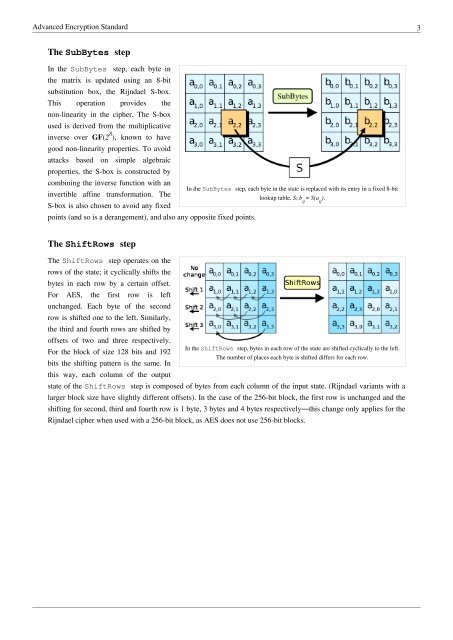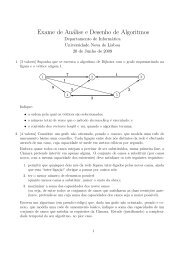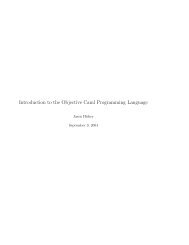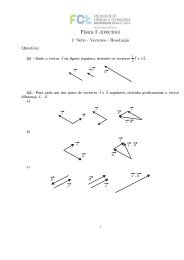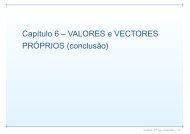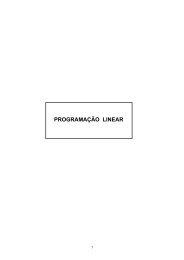Security Articles from Wikipedia
Security Articles from Wikipedia
Security Articles from Wikipedia
Create successful ePaper yourself
Turn your PDF publications into a flip-book with our unique Google optimized e-Paper software.
Advanced Encryption Standard 3<br />
The SubBytes step<br />
In the SubBytes step, each byte in<br />
the matrix is updated using an 8-bit<br />
substitution box, the Rijndael S-box.<br />
This operation provides the<br />
non-linearity in the cipher. The S-box<br />
used is derived <strong>from</strong> the multiplicative<br />
inverse over GF(2 8 ), known to have<br />
good non-linearity properties. To avoid<br />
attacks based on simple algebraic<br />
properties, the S-box is constructed by<br />
combining the inverse function with an<br />
invertible affine transformation. The<br />
S-box is also chosen to avoid any fixed<br />
points (and so is a derangement), and also any opposite fixed points.<br />
The ShiftRows step<br />
The ShiftRows step operates on the<br />
rows of the state; it cyclically shifts the<br />
bytes in each row by a certain offset.<br />
For AES, the first row is left<br />
unchanged. Each byte of the second<br />
row is shifted one to the left. Similarly,<br />
the third and fourth rows are shifted by<br />
offsets of two and three respectively.<br />
For the block of size 128 bits and 192<br />
bits the shifting pattern is the same. In<br />
this way, each column of the output<br />
In the SubBytes step, each byte in the state is replaced with its entry in a fixed 8-bit<br />
lookup table, S; b ij = S(a ij ).<br />
In the ShiftRows step, bytes in each row of the state are shifted cyclically to the left.<br />
The number of places each byte is shifted differs for each row.<br />
state of the ShiftRows step is composed of bytes <strong>from</strong> each column of the input state. (Rijndael variants with a<br />
larger block size have slightly different offsets). In the case of the 256-bit block, the first row is unchanged and the<br />
shifting for second, third and fourth row is 1 byte, 3 bytes and 4 bytes respectively—this change only applies for the<br />
Rijndael cipher when used with a 256-bit block, as AES does not use 256-bit blocks.


